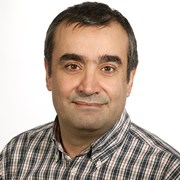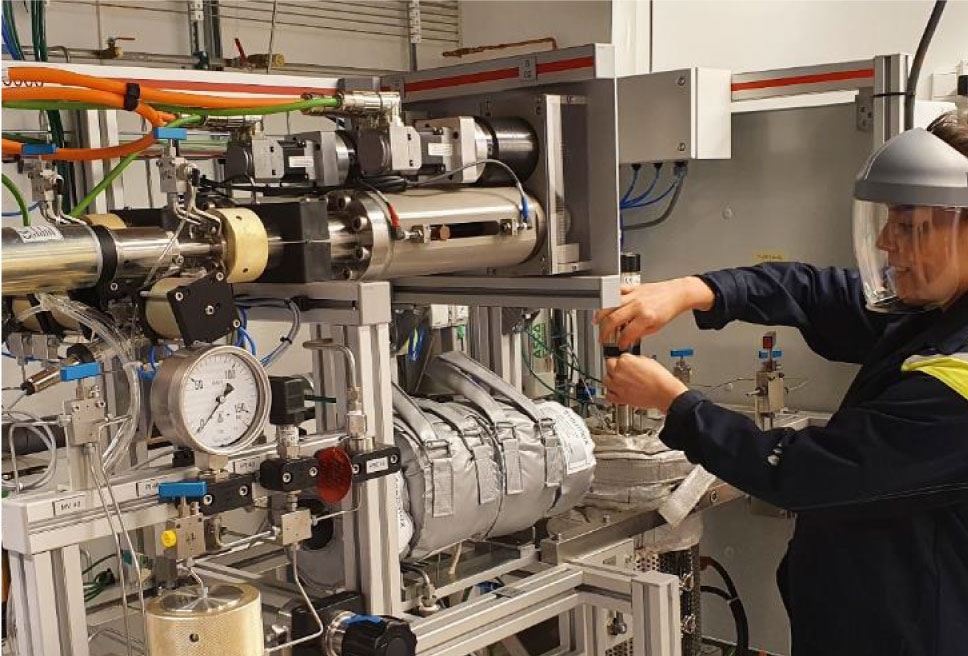It is a wet/solid fraction that is generated after digesting the organic waste and producing biomethane. This fraction could contain micro-/macro plastics and heavy metals which gives challenges to its utilisation. Also, it is available in large quantities making its transport quite costly and contributes negatively to the plant economy.
BioSynGas aims at solving these challenges by thermally treating this fraction and producing a range of by-products that will help improving the circular economy of nutrients in wastes. By integrating the thermal treatment with existing biogas plant, we are able to increase biomethane production and overall process efficiency. Another benefit from including a thermal treatment step is that it broadens the type of organic waste that could be treated in biogas plants, increasing biogas production furthermore.
BioSynGas will investigate the use of by-products from the thermal treatment step as catalyst for enhancing the anaerobic digestion. The effect catalysts such as biochar and syngas (hydrogen) on the anaerobic digestion will be experimentally investigated.
BioSynGas aims at utilizing digestate from biogas processes for the decentralized production of biomethane and other added value products. This will allow an economically viable mean to produce a renewable transport biofuel (biomethane) that is based on zero-cost feedstocks with minimal transport requirements and by developing an innovative process linking gasification and syngas production to the existing anaerobic process. With this proposed process, the following major improvements are achieved:
- Enhanced anaerobic digestion (AD) due to syngas introduction
- Elimination of syngas cleaning after gasification, one of the major steps that has kept biomass gasification technology from attaining commercial maturity. It is believed that the anaerobic digester will be able to handle the impurities (i.e. nitrous- and sulfur compounds) present in the syngas, however, their effects on AD will be also focused on. The syngas needs to be cooled, allowing tar removal prior to introduction in the anaerobic digester.
- The complete elimination of all barriers that are hindering biogas plants in Norway from fully exploiting their side streams
- A near complete carbon conversion from organic waste to biomethane and other added value products
- Destruction of microplastics present in the feed material
- Recycling nutrients as fertilizers
- Removal of some of the heavy metals resulting in less accumulation in agriculture areas and in our food chain
The project will also work on the development of the process through process modelling where the integration will be optimised and key parameters such as overall efficiency, environmental impact and profitability will be mapped and compared to existing standalone solutions.

